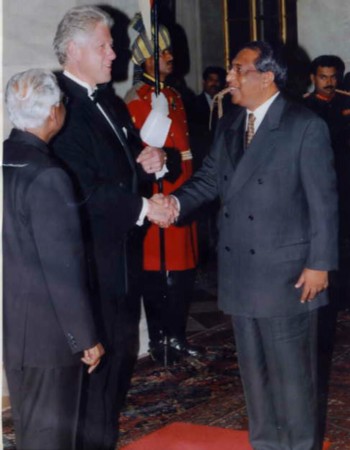 |
Stamp of Martti Ahtisaari to be released in December 2023 |
Martti Ahtisaari was from Oulun Lyceo, where my daughter studied. He was the third Finnish President who went to the Oulu Lyceo.
The others were Presidents Kaarlo Juho Ståhlberg and Kyösti Kallio
I landed in Finland in 1984. My brother-in-law, a senior Finnish bureaucrat in the Ministry of Labour, looked at my bio-data and wrote a letter to Martti Ahtisaari, who was also a senior bureaucrat, introducing me to Martti Ahtisaari. He asked me to address a lettter to Martti Ahtisaari, giving details of my background and explaining how I could play a role in the Finnish hierarchy.
That was in 1984!
I am still waiting for an acknowledgement of the communications to both these letters.
That was my first experience of how the Finnish system works.
Three reasons are given for this.
The first is that the person is least interested in extending a hand to the request. It is just ignored as being irrelevant. 99% of the action is this behaviour.
A second reason is that Finns like to do a serious evaluation of the situation before replying aletter. This is the typical answer given when one submits a job application.
When I was explaining this to a group of German journalists who were visiting Oulu Univeristy, about why they did not get reply to their letters to Finns, I gave the benefit of the doubt to this second reason. I was severely admonished by the Dean of our Electrical Engineering Department and Vice Rector of the University for denigrating Finland when holding a senior position in the University. (Not that I cared, as I believe in telling the truth as it is.)
The third is that Finns have very poor social skills. This is best explained by an incident of one of my students who went as an exchange student to Loughborough University. He was being hosted by a Professor.
After his first night at the Ptofessor's house, when he came down to breakfast, the Professor asked him a rhetorical question as to how he had fared through the night. The student was silent for several minutes as he was thinking how he should answer that question.
This was explained to me later when the Professor of English in Oulu University gave a talk about Social English, as Finns have little knowledge about that aspect of life.
When Ahtisaari was President, he behaved like Prime Minister Narendra Modi does today, flying at the drop of the hat to all corners of the world.
I used to keep track of the movement of Ahtisaari on a very popular special web page calling him the "Satellite President".
My personal assessment at that time was that he was building a base to either become nominated as the President of Europe or to get the Nobel Prize.
He got the latter!
Credit must be given, as he was a great negotiator. He negotiated quite extraordinary peace deals between warring factions.
His contribution today in the Israeli/Palestinian conflict would have been priceless.
There is no-one who has stepped into this role since.
Although I did not ever meet President Ahtisaari, I did interact with his son when I was a serving member of the Ethnic Minorities Advisory Board (ETNO) representing English speaking members of Finland..
Compulsory army service in Finland for young men was considered absolutely necessary. Those who either chose to go for a stint in social service or those who opted out of it were thought to be traitors or pariahs.
This was until in 2000, when President Ahtisaari's son opted for social service rather than to do the army service! (He served as an assistant in the Labour Ministry in serving in handling ETNO issues.)
It then became acceptable to not join the army service, although many Finns, even today, hold that it is a non-Finnish character.
My father-in-law had to join the army and served on the frontline as a sharpshooter during the entire 1938-1944 wars between Finland and Russia and then in driving out the Germans from Finland. He had no optioin then as if you did not join you would be considered a traitor.
After the war he became a committed Christian and opted out of further service in the army. His back was riddled with grenade shrapnel which meant he could never sleep on his back.
When our daughter interviewed him as University project, he talked about his service to her, but refused to talk about his actions on the front line. He wanted desperately forget those terrinble moments.
Our elder grandson has completed a year of his compulsory army service. The second grandson is taking a year off from and is planning to finish his army service as soon as possible.
I advised him to complete it quickly as when one gets older, it becomes increasingly difficult to respond to "stupid" commands being shouted at you by younger people in the process.
I had one of my senior researchers in Ouklu University who went for his army service when he was over 25. He had been completing his Master's degree.
Within a month, he had to quit on psychological grounds as he could not handle the brain-washing process.
Martti Ahtisaari was probably not the best Finnish President that I have served under, although he had the background of being a bureaucrat before becoming President. In my opinion, this a dangerous combination, as the use of the bureaucratic process can result in a power hungry person misusing the Presidency.
Sauli Niinistö
I think the best Finnish President so far has been our present one, Sauli Niinistö, because he understood humanity after he and his two children escaped the tsumani in Thailand by climbing up a tree!Having been the Finnish President, may we say sincerely to late Nobel Laureate Martti Ahtisaari - Rest In Peace.














